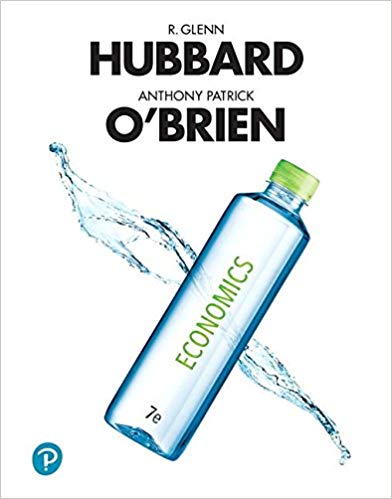
PRINCIPLES OF MICROECONOMICS
 |
| Fall 2020 |
 |
Economics 101 PRINCIPLES OF MICROECONOMICS |
|
|
|
|
|
|
C. Externalities, Environmental Policy, and Public Goods
1. Externalities
- Negative externality - transaction leads to an external cost being generated Ex. - Pollution . . . . - Positive externality - transaction leads to an external benefit being generated Ex. - Art, college enrollment . . . . a. Effect of externalities (1) Negative externalities
. . . . . . . . . . . (2) Positive externalities
. . . . . . . . . . b. Impact of property rights
. . . . . . . c. Private solutions
. . . . . . . . . .
- Doesn't matter who has the property rights - Could be a problem if transactions costs are high . d. Government policies (1) Negative externalities
. . . . . . . . . . . (2) Positive externalities
. . . . . . . . . . .
. e. Other alternatives (1) Command and control
. (2) Tradable emissions allowances
. . . . . . . 2. Public goods a. Categorizing goods (1) Rivalry - one person consuming a good means no one else can consume it (2) Excludability - anyone who doesn't pay for a good can't consume it . . . . . . b. Demand for a public good . . . . . . . . . . c. Optimal quantity of a public good . . . . . . . . . . d. Common resources
Ex. - Pasture .
. . . . . . . . . . |